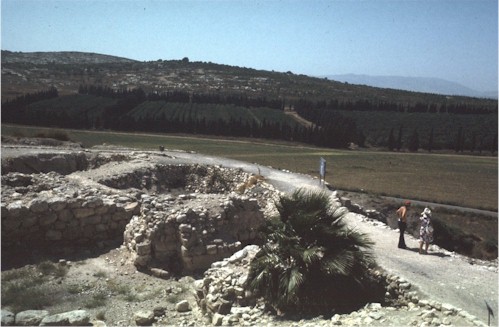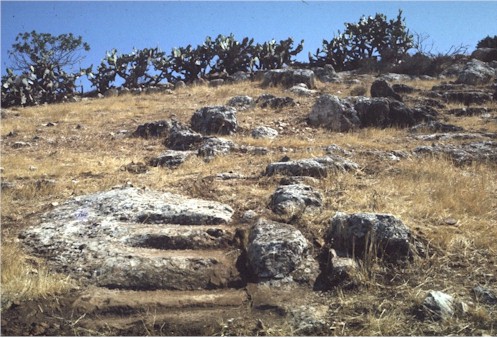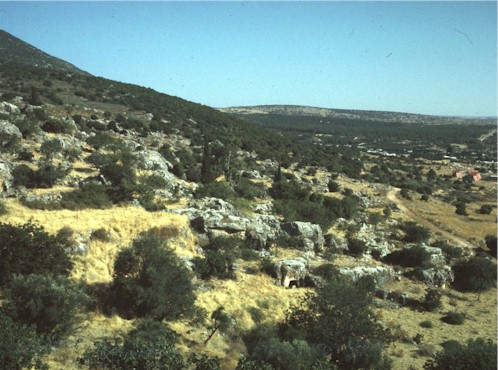

|
south slopes of Mt.
Tabor, highest ridge in lower Galilee (1930 feet), |
![]()
Hebrew: Gelil ha Goyim ("Circle of the Nations") |

|
view from Megiddo in
northwest Samaria |
|

|
stone staircase
(found by author in 1973) at Beth Hanania, |
|


|
Galilean pottery shards
& Roman glass fragments, |
|

|
cave tombs of rabbis at foot of Mt. Meron
(3960 feet) |
|
![]()
![]()
![]() Perspective on the
World of Jesus
Perspective on the
World of Jesus ![]()
Copyright © 1999-2023
by
Mahlon H. Smith
All rights reserved.
an American Theological
Library Association Selected Religion Website
OCLC catalog no.: 62046512